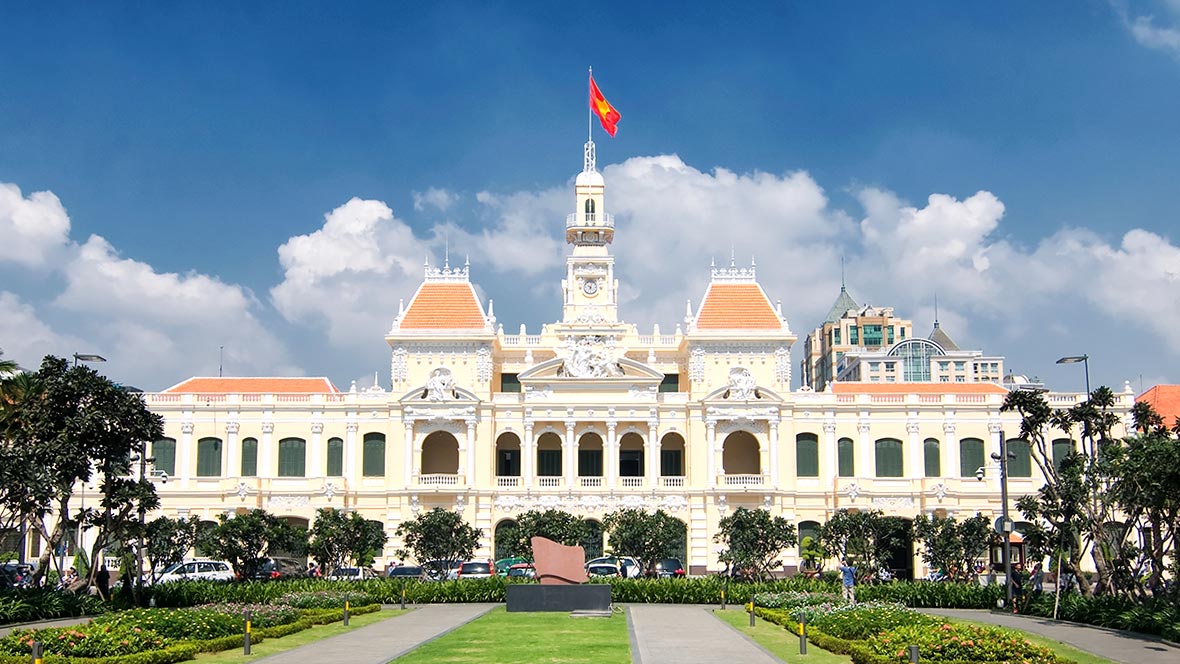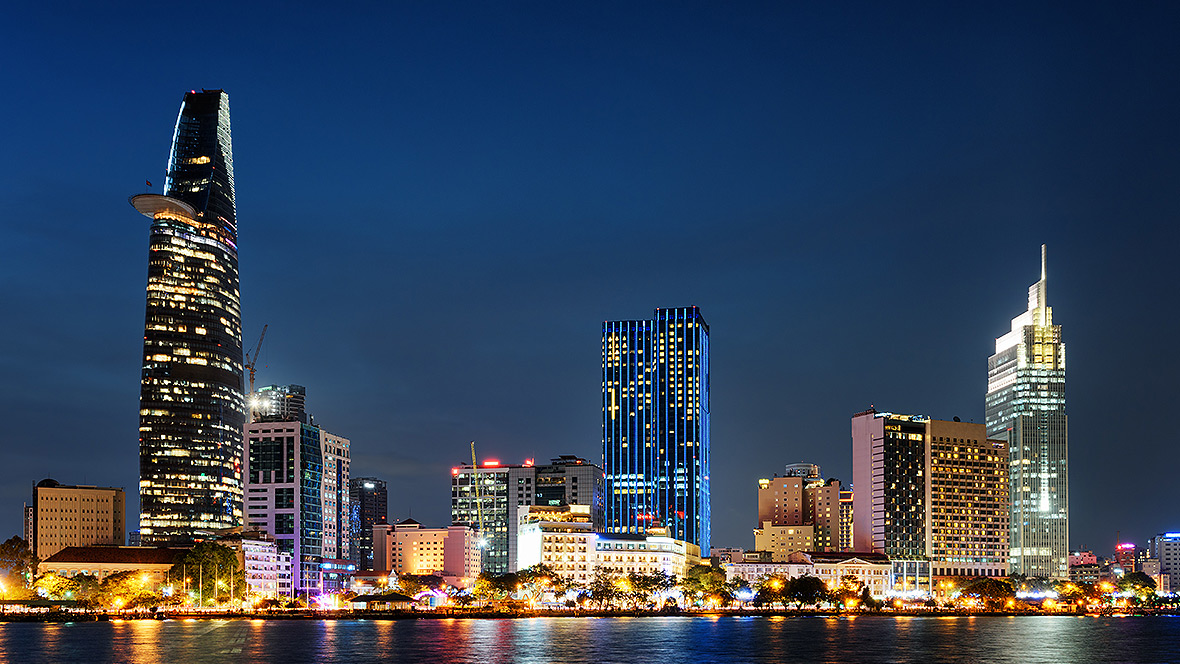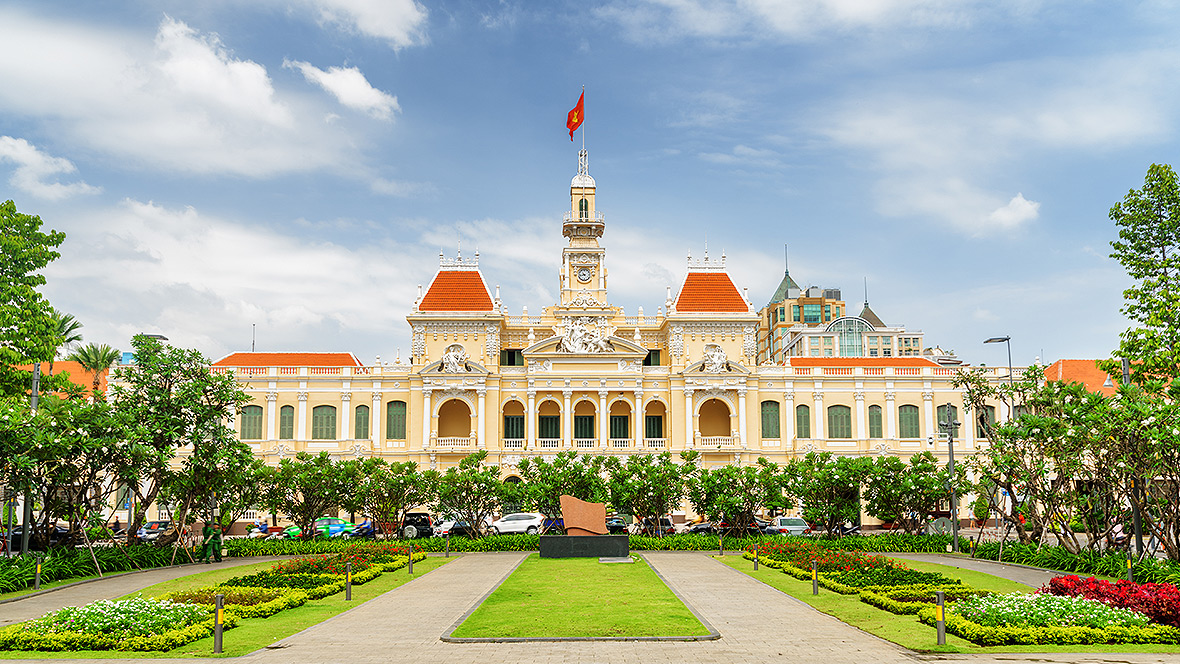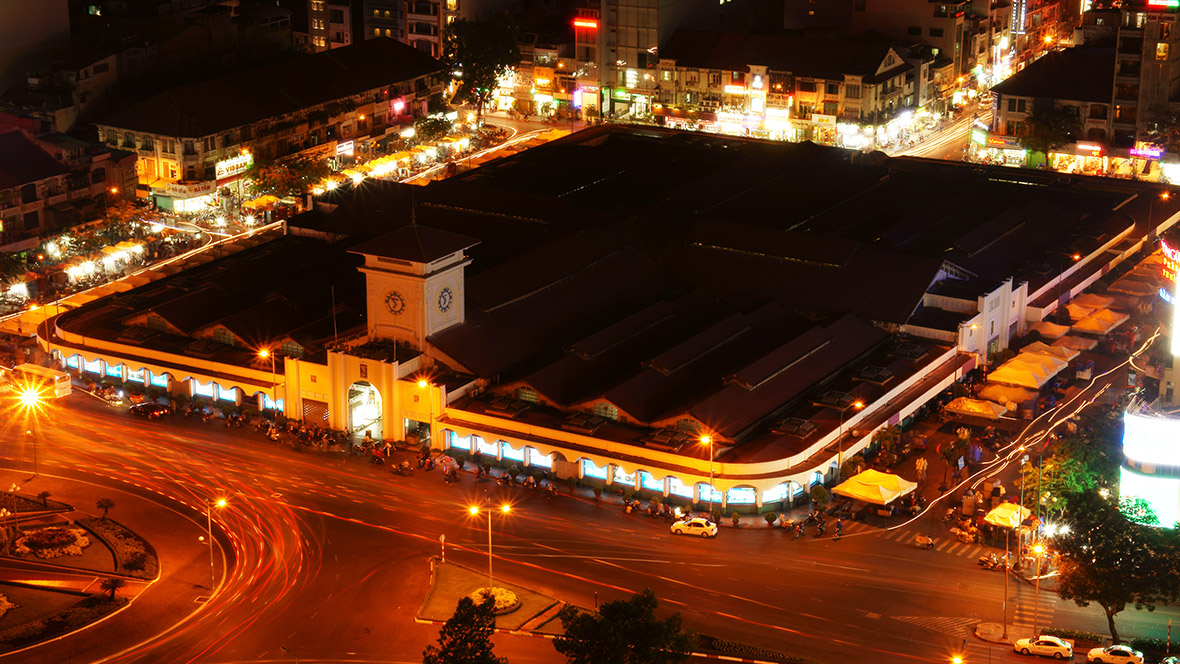 Select
Select
Northeast Asia
-
Korea
-
Japan
-
China
-
Hong Kong, China
Southeast Asia
-
Vietnam
-
Singapore
-
Indonesia
-
Philippines
-
Thailand
-
Cambodia
Americas
-
United States
Oceania
-
Australia
Europe
-
Germany
-
France
-
United Kingdom
-
Italy
-
Türkiye
-
Spain
-
Czech Republic
Mongolia/Central Asia
-
Mongolia
-
Uzbekistan
-
Kazakhstan
Go to Asiana Corporate Plus
Ho Chi Minh City
See another travel destinationMost travelers visiting Ho Chi Minh City are more familiar with the name “Saigon,” what the city was called before unification in 1975. Today, not many people wear traditional garments, but it is a ci...
As of , Provided by WeatherI
Information on tourist attractions and tasty restaurants!
Select Travel Destination
CloseDestination
Destination
Destination
Destination
City Description
CloseHo Chi Minh City, the center of Vietnam’s economy
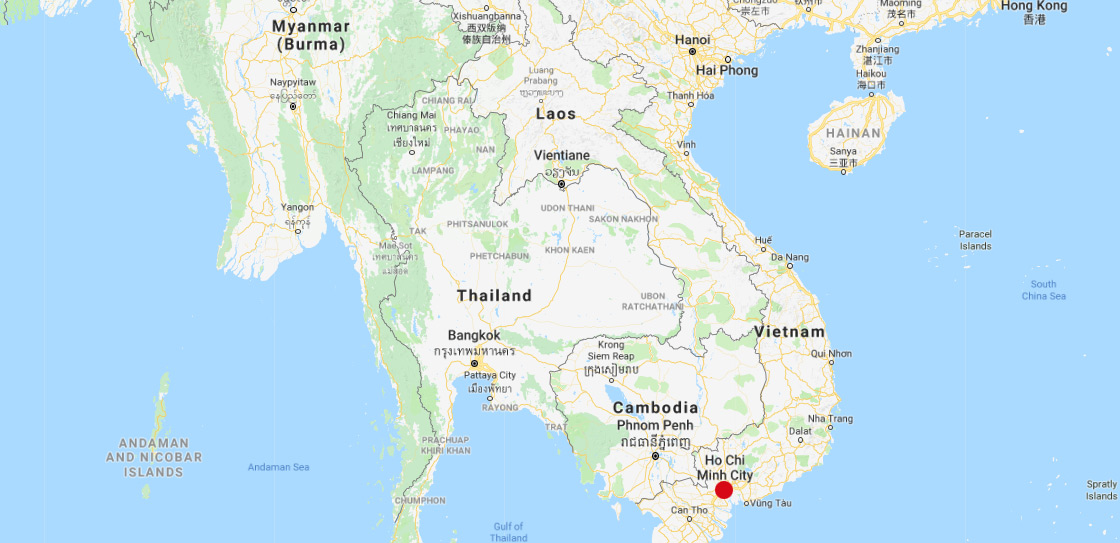
Most travelers visiting Ho Chi Minh City are more familiar with the name “Saigon,” what the city was called before unification in 1975. Today, not many people wear traditional garments, but it is a city full of vitality where many tourists cannot turn their heads away from beautiful scenes of local women in aodai riding motorcycles.
In addition, the Vietnamese people may be small in build but do their best in what they are responsible for, which resembles a side of KOrea’s economic development in the 60s and 70s. The country will no doubt develop into a nation with the most abundant human resources and the highest economic growth in Southeast Asia.
Travel Tip
CloseFrom May to November is the rainy season, and it rains once in the afternoon for about 30 minutes to 1 hour.
Suggested Itinerary
Close- War Remnants Museum Outside of the building, there are various transportation equipment such as trams and helicopters that were used during the Vietnam War. Inside the building are photographs that tells the horrors of the Vietnam War and exhibitions of artifacts that show the aftermath of exposures to defoliants.
- Saigon Notre-Dame Basilica It is also called the Notre Dame of Ho Chi Minh because it is built in close resemblance of the Notre Dame Cathedral. All of the red bricks on the outside of the building are from France, and the two spires that represent the cathedral, the Virgin Mary statue at the entrance and the stained glass inside are beautiful.
- Reunification Palace (Presidential Palace) It is a luxurious structure with 100 big and small rooms, where the president lived until the fall of South Vietnamese government in 1975. In addition to serving as the president’s residence, it was a venue for policy making and practices, where you can see rooms where national documents were exchanged. It has been called the Unification Palace since Vietnam became a communist country after unification.
- Ho Chi Minh City People’s Committee Building It was built to be used as a city hall, but it is now used by the People’s Committee. Although the inside is not open to the public, with its red roof in harmony with the white walls, beautiful sculptures, and precise symmetrical architecture, it is one of the most iconic structures of Ho Chi Minh City.
- Municipal Theatre (Opera House) You can only enter during an event. It is a European style building of the French era, with an impressive beautiful garden and a white stone female statue. Outdoor performances are sometimes held at the square in front of the municipal theater, and if you are lucky, you can mingle with the citizens.
- Central Post Office Another representative colonial building that was built in 1886 over five years. At the entrance, a large circular clock tells time, and on one wall there is a map of the outskirts of Ho Chi Minh City.
-
The Mekong Delta
A two hour drive from Ho Chi Minh City takes you to the Mekong Delta, Vietnam’s largest rice producing area. The city is located on an extremely large river delta created by tributaries before the Mekong River flows 4000 km to merge with the South China Sea. It is made up of islands connected by waterways. Big rivers are crossed by ferries while small rivers are crossed by small canoes paddled by boatmen.
You can experience the real lives of the locals who live in the abundance of nature. Try a tasty glass of honey tea prepared with local specialty honey and visit a fruit farm to taste tropical fruits. Don’t miss out on the opportunity to taste sweet, homemade coconut caramel.
- Củ Chi Tunnels It is located in Củ Chi, a city 75 km northwest of Ho Chi Minh City. A one and a half hour drive takes you to the Củ Chi Tunnels, also known as the Iron Triangle. As a strategic point during the war, it was an underground fortress that did not fall even under 26 attacks from each of the Allied forces. The tunnel was initially built 40 km long to counterattack the French, and then an additional 200 km was built until 1967 to become what it is today. The tunnel was called an “underground city” and had vast facilities like military headquarters, schools, and restaurants inside. You can go inside the Củ Chi Tunnels and see how life was like back then. There are war videos and propaganda photography on display and exhibitions of traps, mines, and various war weapons that terrorized the Allied forces during the war.
Magic Boarding Pass
Close- Available Boarding Passes
- Guide for Use
- Affiliates Overview
- Address/Branch Info and Phone Numbers
- Other Notes
